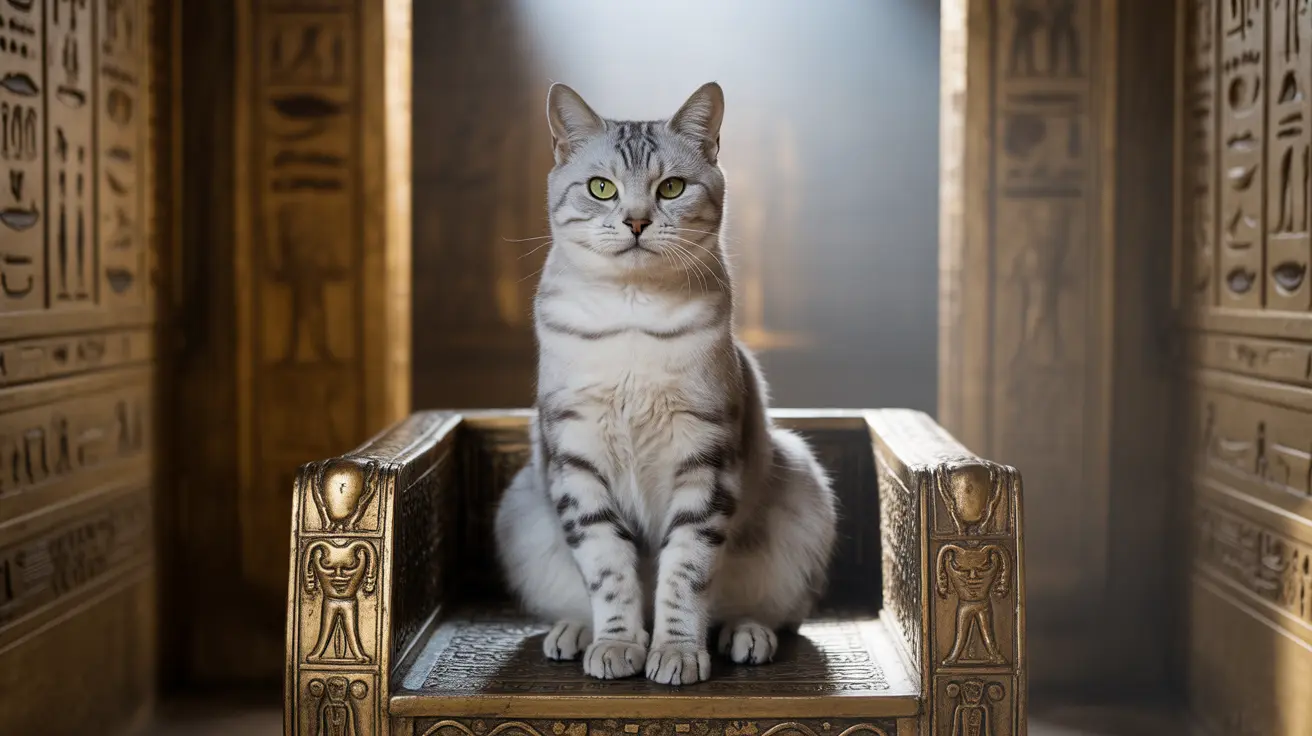The Ancient Origins of Domestic Cats
Scientific evidence points to the African wildcat (Felis silvestris lybica) as the ancestor of all modern domestic cats. This transformation began approximately 10,000 years ago in the Fertile Crescent region, encompassing parts of modern-day Iraq, Syria, Lebanon, Jordan, Israel, Egypt, Turkey, and Iran.
The relationship between humans and cats emerged naturally as early agricultural settlements attracted rodents, which in turn drew wildcats to human communities. This mutual benefit laid the foundation for what would become one of history's most successful animal domestication stories.
Early Cat Domestication and Development
Unlike dogs, which underwent intensive selective breeding early in their domestication, cats largely domesticated themselves through a gradual process of natural selection. The earliest archaeological evidence of human-cat companionship dates back to 9,500 years ago, with the discovery of a human burial in Cyprus containing a cat.
The ancient Egyptians were the first to truly elevate cats to a special status, worshiping them as divine creatures and protecting them by law. This period marked the beginning of more deliberate cat breeding, though not in the systematic way we know today.
The Evolution of Modern Cat Breeds
The Egyptian Mau is often considered one of the oldest natural breeds, with its spotted coat pattern closely resembling the cats depicted in ancient Egyptian artwork. However, the concept of standardized cat breeds as we know them today didn't emerge until the late 19th century.
Natural breeds developed in different geographical regions through isolation and adaptation to local conditions. The Turkish Angora, Persian, and Siamese cats are examples of ancient natural breeds that developed distinct characteristics based on their environment.
The Impact of Modern Breeding
Today's cat fancy recognizes dozens of distinct breeds, but these are largely the product of selective breeding programs from the past 150 years. The creation of breed registries and cat shows in the late 1800s marked the beginning of formal breed development and standardization.
Modern genetic studies have revealed that despite the visual diversity of today's cat breeds, they remain remarkably similar to their wildcat ancestors at the genetic level, speaking to the relatively recent nature of organized breeding efforts.
Frequently Asked Questions
What is the first cat breed and where did it originate?
While there isn't a single "first" cat breed, the Egyptian Mau is considered one of the oldest natural breeds, originating in ancient Egypt. However, all domestic cats descend from the African wildcat (Felis silvestris lybica), which was first domesticated in the Fertile Crescent region.
How did wildcats become domestic cats in history?
Wildcats gradually domesticated themselves by living near human settlements, where they hunted rodents attracted to grain storage. This natural process of mutual benefit led to decreased fear of humans and eventual domestication over thousands of years.
When and where did cat domestication first begin according to scientific research?
Scientific research indicates that cat domestication began approximately 10,000 years ago in the Fertile Crescent region, coinciding with the development of agriculture and permanent human settlements.
Which ancient cat breed is considered the oldest natural breed?
The Egyptian Mau is often considered one of the oldest natural breeds, with direct links to the cats of ancient Egypt. However, several other ancient breeds like the Turkish Angora and Persian also have long histories.
How did domestic cats spread from their origin to different parts of the world?
Domestic cats spread globally through trade routes, particularly with Phoenician traders and Roman expansion. They were valued for their rodent-control abilities and gradually established themselves worldwide through human migration and commerce.
Conclusion
The story of the first cat breed is not a simple tale of a single breed's emergence, but rather a complex narrative of evolution, natural selection, and human influence over thousands of years. From their wildcat ancestors to today's diverse breeds, cats have maintained their independence while forming deep bonds with human society.






